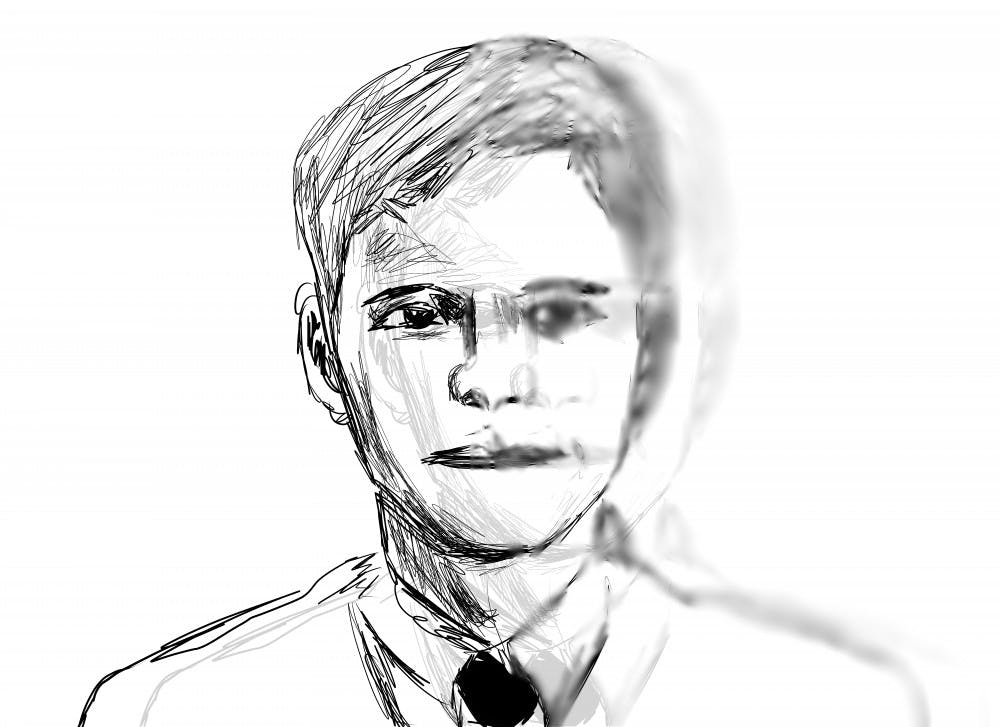The coming–of–age of a LGBT teenager in a religious household is not a premise that is unfamiliar to audiences of contemporary film and television. As the seed of interpersonal and ideological conflict, the religious experiences of those in the LGBT community spur meaningful discussions around identity, family, self–acceptance, and, of course, love. The exploration of how religion shapes the experiences of young people within the LGBT community, and the potential trauma that might entail, can be enormously valuable for all viewers no matter what their background or identity. In recent years, the traditional canon of coming–of–age stories has expanded enormously as LGBT representation in film continues to grow, with many new classics emerging, garnering critical acclaim and stacking up awards. Based on a true story, Boy Erased provides a crucial look at a dimension of the contemporary LGBT experience that many of us forget has affected hundreds of thousands of Americans—the continued practice of conversion therapy, which proves particularly detrimental to LGBT youth.
Boy Erased is based off a memoir of the same name, written by Garrard Conley. Jared Eamons (Lucas Hedges) is subbed for the role of Garrard in the film, who is introduced to us as a 19–year–old college student and the son of a Baptist pastor. Hedges is accompanied by the phenomenal Nicole Kidman and Russell Crowe, who play his parents. Informed by a failed relationship with girl from high school and his attraction to men in his life, Jared isn’t uncertain about his sexuality, though, due to his religious upbringing, he understands that opening up to his parents and community about his orientation poses a tremendous threat to all that he holds dear.
The circumstances under which his parents discover his sexuality are incredibly disturbing, as Jared is raped by another young man in college who then delivers a call to Jared’s parents, impersonating a dean and outing him. Jared attempts to explain the situation, and in doing so admits his sexuality. This moment brings about extreme shock and anger, an explosive disturbance to the domestic peace that ordinarily fills Jared’s family home. Although he gets surprisingly little screen time, Crowe’s anguish in sorting out his son’s sexuality is both supremely painful to watch and incredibly nuanced. The film is particular in preventing Jared’s father from becoming a villain. His relationship with Jared is tremendously complex and deserving of a deeper look than the film allowed for. However, within the context of the film’s exploration of the conversion therapy that follows, this was to some degree a necessary sacrifice.
By the council of those within the religious community, Jared’s father sees that he is placed in a 12–day assessment program with a Christian gay conversion therapy facility, and the forces that have shaped his life, namely, his faith and his family, have essentially left him no choice but to accept a place in such a program. Because the film begins on the first day of Jared’s participation in the Refuge (which, though disturbing, lacks the emotional weight of moments later in the film), audiences get less access to the tangled feelings Jared must be experiencing in being forced into conversion therapy than they may have anticipated. Nancy, Jared’s mother, who is portrayed with extraordinary sympathy by Nicole Kidman, serves as a more accessible emotional vessel early in the film, as her ambivalence and eventual outrage at what her son has been forced into is seamlessly integrated into the narrative.
In order to capture the extent of the horror that Jared faces within the Refuge, including taking tremendous care in exposing audiences to the kind of abuse those in such programs endure (as well as also providing insight into the sheer diversity of experience and survival–methods employed by patients), Boy Erased does leave some relationships underdeveloped and areas of interest untouched. This decision was the right one, however, considering how important exposing the relatively unseen details of conversion therapy is to this film and those who made it. Where it may have been less than perfect from a storytelling or character–development perspective, it was intentional in bringing about a deeper public understanding of conversion therapy as an ongoing struggle for LGBT people like Garrard Conley, and in doing so it gives audiences something meaningful and heartbreaking to reflect on as they revisit the many dimensions of this experience that the film is unable to explore.







